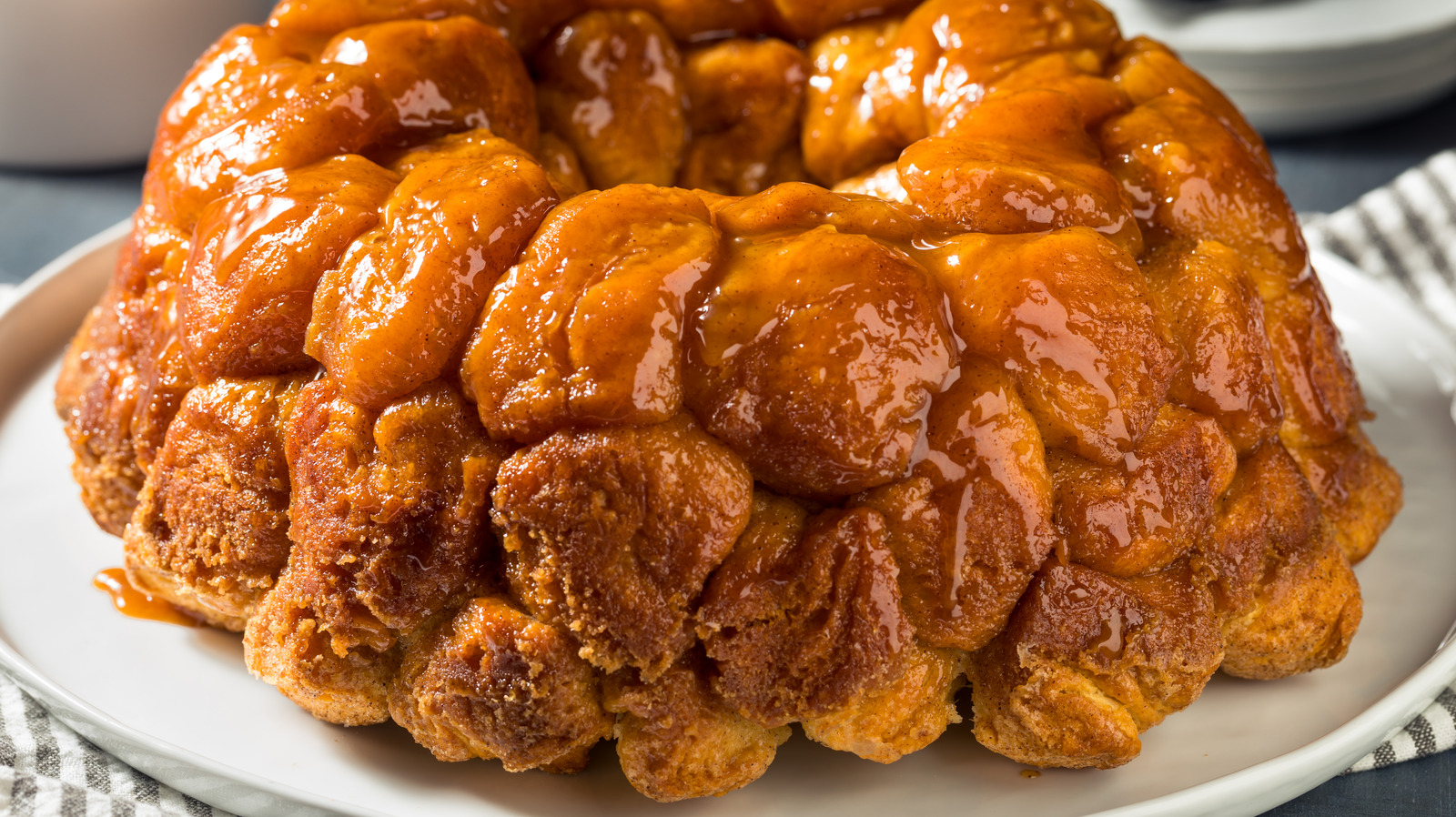

Even when taken from a photograph, textures tend to become homogenized, especially if they are virtually monochromatic. So there are many things which make the fakeness of 3d renders apparent, but one of them is the discarding of so many small changes in tone. The science is fudgy and takes a long time to explain even in its incompleteness (basically, even a single eye is capable of understanding dimensionality, materiality, and movement in ways that cannot yet be reproduced by screens or photograph), but the effect is obvious. We also can't make light from a screen enter your eye the way reflected light from an object does.
We just can't store a world's worth of information. You won't see the benefits on the asset unless you've spent way too many hours looking at it, but in-world, there is an almost tangible difference.īasically, digital rendering reduces two things to their simplest forms: light and geometry. It's subtle looking just at the asset itself (and I've made it extra-visible here for the purpose of demonstration), but in-game it makes a world of difference. It doesn't work quite as nicely, but it has the benefit of avoiding tributary file chains (and can be run as a batch process after final exports).Įdit: ran that shit on a texture I found online - batched on the left, original on the right. or as it's called in my action library, "energize XX" (where XX stands for a radius of 16, 32, 64, 128 etc px). Select all, copy merged, paste, filter: highpass, filter: solarize, invert colors, auto-levels, select all, cut layer, make alpha mask, select channel: alpha mask, paste, select channel: RGB, copy merged, paste (into masked layer), unlink alpha mask, filter: add noise, filter: gaussian blur, set blend mode: color. Yeah, though what I would do these days is to set up an action that goes. I guess there's more artifacting at areas of higher frequency detail? And the colour of the artifacts is pretty much random? So you're kind of adding colour noise to areas of higher detail. (I really can't wait until people start getting nostalgic for what our generation worked with, and start having tools that recreate JPG and DXT compression).Įdit : shit, I was trying to be silly, but I just realized that I TOTALLY HAVE in the past forced heavy JPG compression onto an image state and blended the resulting H- and S-values over the original to add natural+pleasant variations in color to an otherwise monochromatic texture. Usually, you're better off just tracing these images with a small amount of colors (4-16) - even if you're terrible at pixel-art, your results will be more pleasing to look at, and you get to say "I made this art" when you're done. Thing is, though this is a nifty demo, a downscaled and color reduced image doesn't really create pixel art. Works in one way or another in GIMP and just about every other program (including Paint, if you don't need tight palette control).


 0 kommentar(er)
0 kommentar(er)
